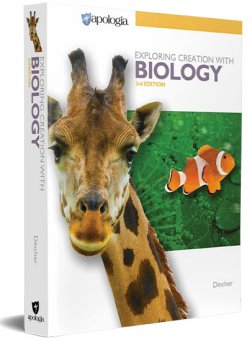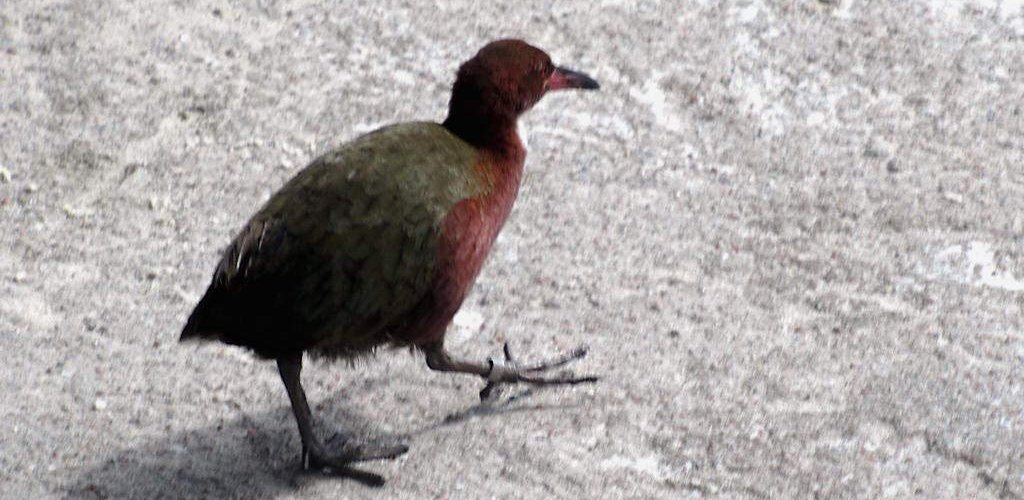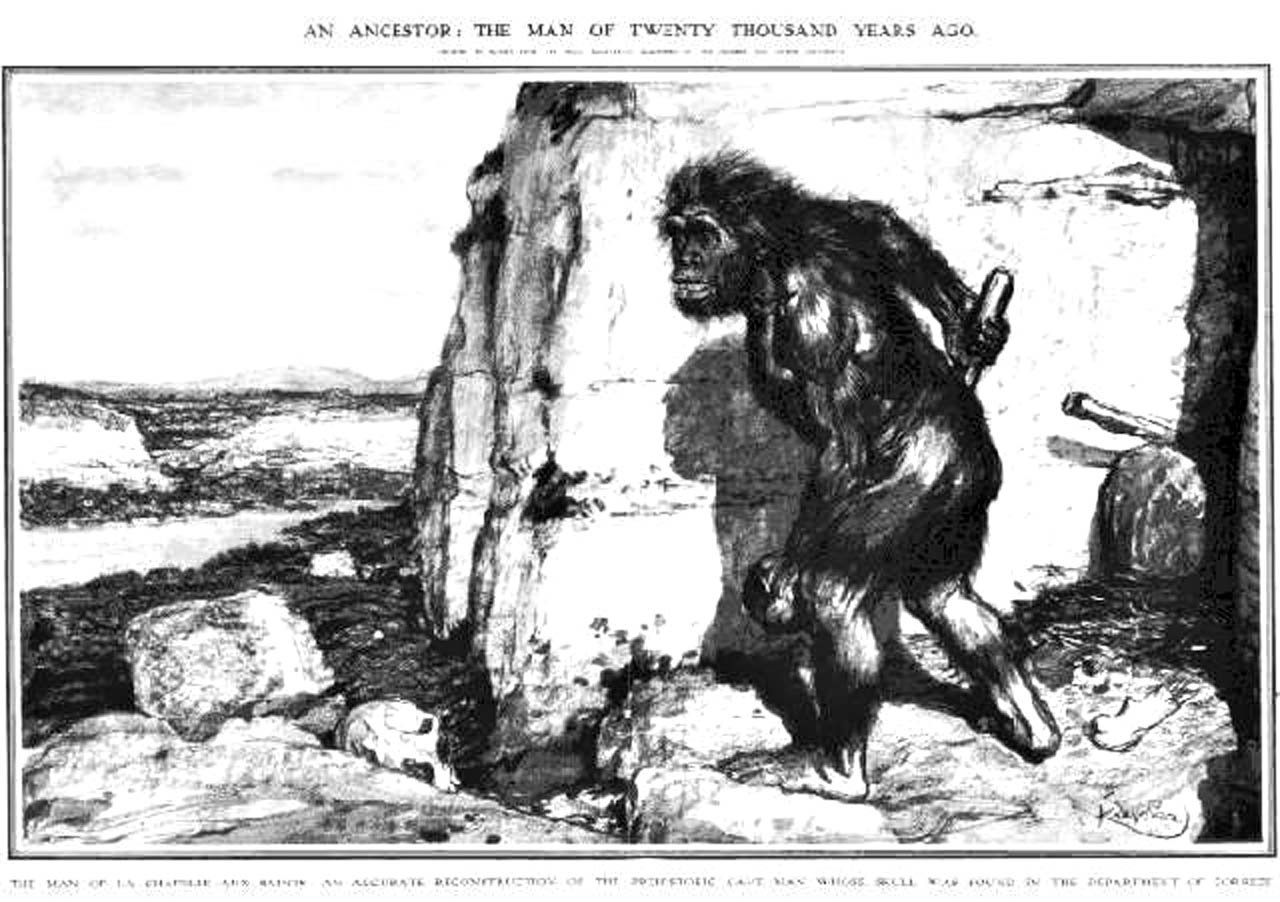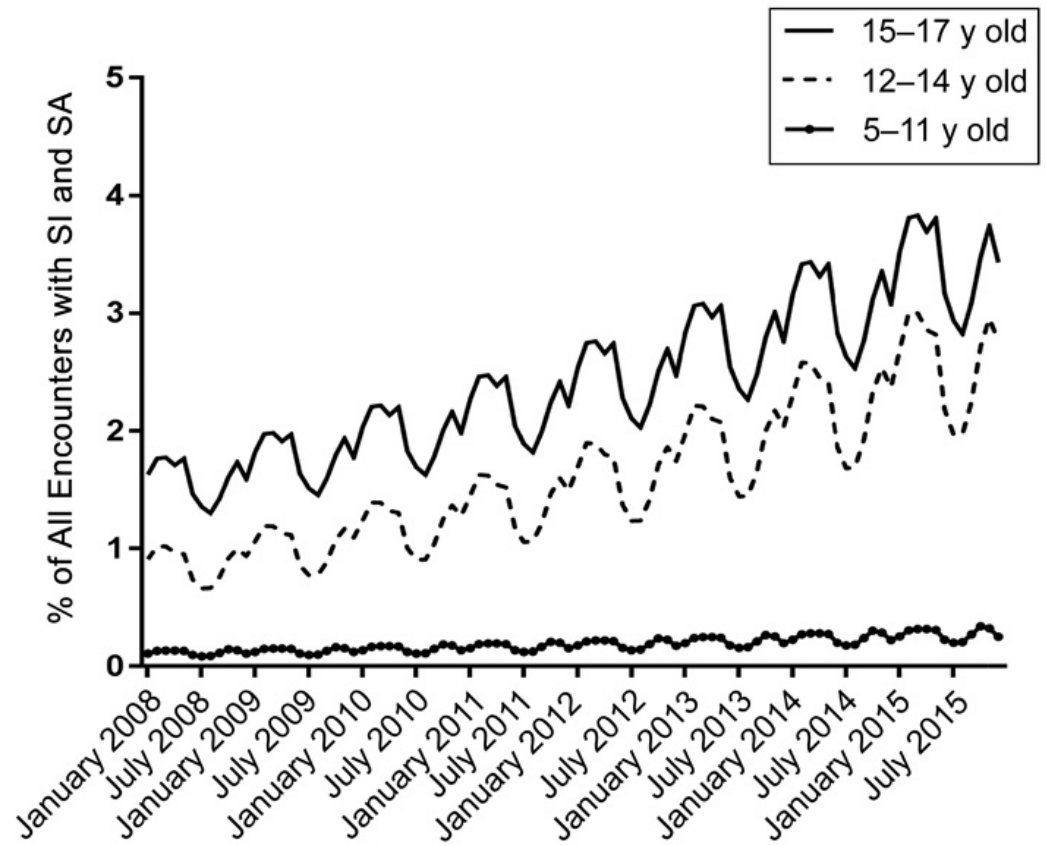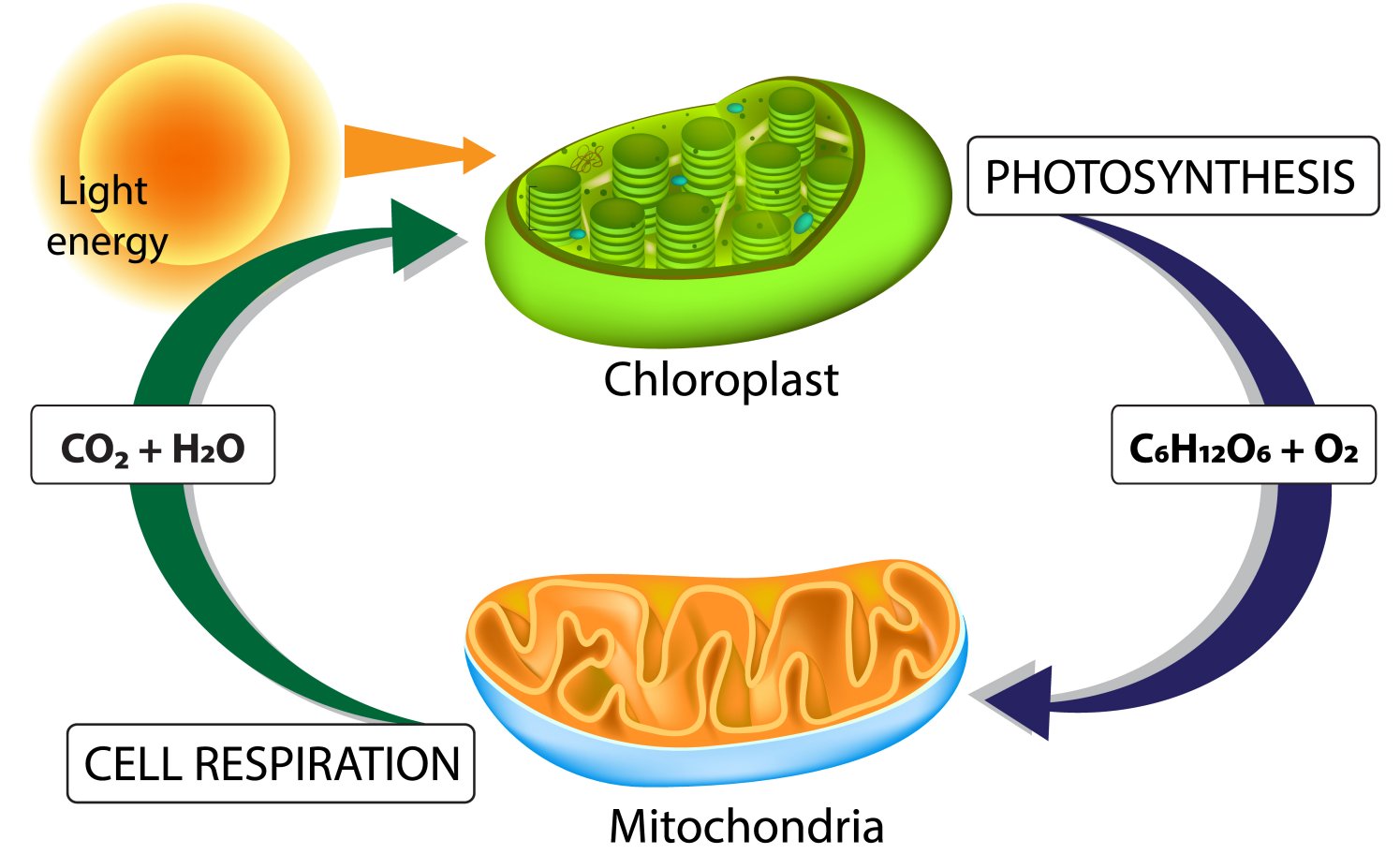
I met Sister Parran (who quickly became Mother Parran to me) because I spoke at the Creation Evidence Expo, which was organized by her son-in-law, Pastor Fredrick Boyd, Jr. of Zion Unity Baptist Church. I am sure I was introduced to her earlier, but my first memory of her was something that happened at a dinner she had prepared for the speakers. The ribs she made were the best I had ever eaten, and I went over to her and told her that. She smiled and told me that she was happy I liked them, and I turned around to go back to where I was sitting. However, she gently grabbed my shoulders, turned me around, looked me straight in my eyes, and said:
I love you Dr. Jay. Don’t you ever forget that.
It’s easy for someone to say those words, and it’s easy for me to hear them and quickly forget them. However, looking deep into Mother Parran’s eyes, it was clear that she really meant what she said. And, more importantly, she lived out those words. Whenever I saw her, whether it was because of the Expo or because I was just visiting, she would make sure that all my needs (physical, emotional, and spiritual) were being met. When my wife was diagnosed with cancer, she regularly sent me encouraging messages, assuring me that she was praying for us. In short, she lived out those words from the time she said them until the time she died.
Of course, her love was not just lavished on me. It was given to anyone who would receive it, regardless of color, creed, or nationality. I remember one time a bunch of us were sitting around a table, and during a break in the conversation, she said:
This is what the Kingdom of God looks like.
At first I didn’t understand the context, but as I looked around the table, I figured out what she meant. There were men and women with several different skin colors from several different countries, and we were all united because of our love of Jesus.
I attended her funeral on Saturday, which was called her “Homegoing Celebration,” and those words immediately came back to my mind. The church contained people with different skin colors from different countries, but we were all united by the love that she gave us, which was a result of her love for Jesus. Indeed, the sanctuary of the church that morning was an example of what God’s kingdom looks like.
As those very different people spoke about how she had changed their lives, I could not help but think 1 Corinthians 13:13:
But now faith, hope, love, abide these three; but the greatest of these is love.
Because of the way she loved others, Mother Parran is one of the greatest people I have ever had the privilege of knowing. She is gone, and I will miss her, but the power of her love has already changed the world for the better, and it will continue to do so through the people who were fortunate enough to experience it.


